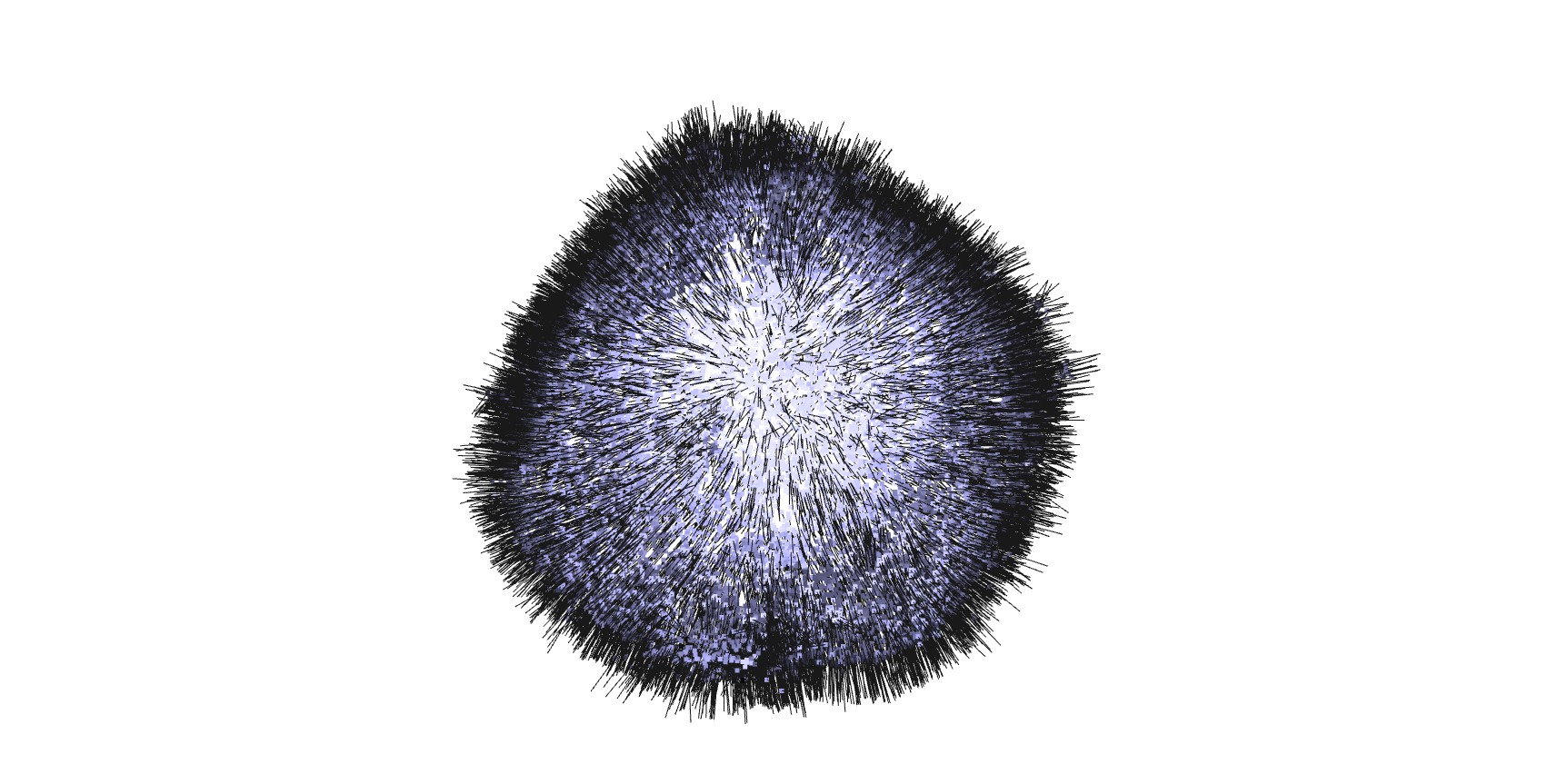Differential Poisson Solver for the Shape Reconstruction of Astronomical Bodies
Background
Close proximity operations of spacecrafts with small scale astronomical bodies (e.g. asteroids) are very challenging, since most of the knowledge about the target is based on rough estimates provided by terrestrial observations. Even intuitively very basic properties of the asteroid like its shape are quite hard to determine from Earth. However the shape information is useful for e.g. creating an accurate gravity model of the space body, which is in turn essential in order to have a clear picture of the orbital mechanics and saves fuel for the spacecraft’s attitude and orbit control system.
We present an approach to estimate the body shape of asteroids based LiDAR measurements and consequently creating a gravity model where no gravimeter is needed.
Project goals


Our idea is inspired by recent advances in 3D scene reconstruction made by Peng et al. [1] where they propose the a novel solution to the highly ill-posed problem of reconstructing the shape given a point cloud sample (LiDAR measurements) of an object.
At the heart of it is a Differential Solver that solves the Poisson Equation for surface reconstruction by using spectral methods. This spectral decomposition of Partial Differential Equations (PDEs) consists of applying the Fast Fourier Transform (FFT), which is highly efficient on GPUs and AI accelerators like TPUs and VPUs. This allows for a decrease in runtime by an order of magnitude compared to state of the art methods. Furthermore this methodology is less prone to noise and outliers making the model more robust.
This efficiency and robustness would potentially allow a spacecraft launching with a simple gravity model. Once the spacecraft is in the proximity of the asteroid, LiDAR points get sampled and our algorithm would run on-board and deliver updated gravity models.
An example of the estimated shape of asteroid 101955 Bennu is shown in Fig. 1.
References
[1] Peng, S. and Jiang, C. and Liao, Y. and Niemeyer, M.and Pollefeys, M. and Geiger, A. Shape As Points: A Differentiable Poisson Solver. 35th Conference on Neural Information Processing Systems (NeurIPS 2021)